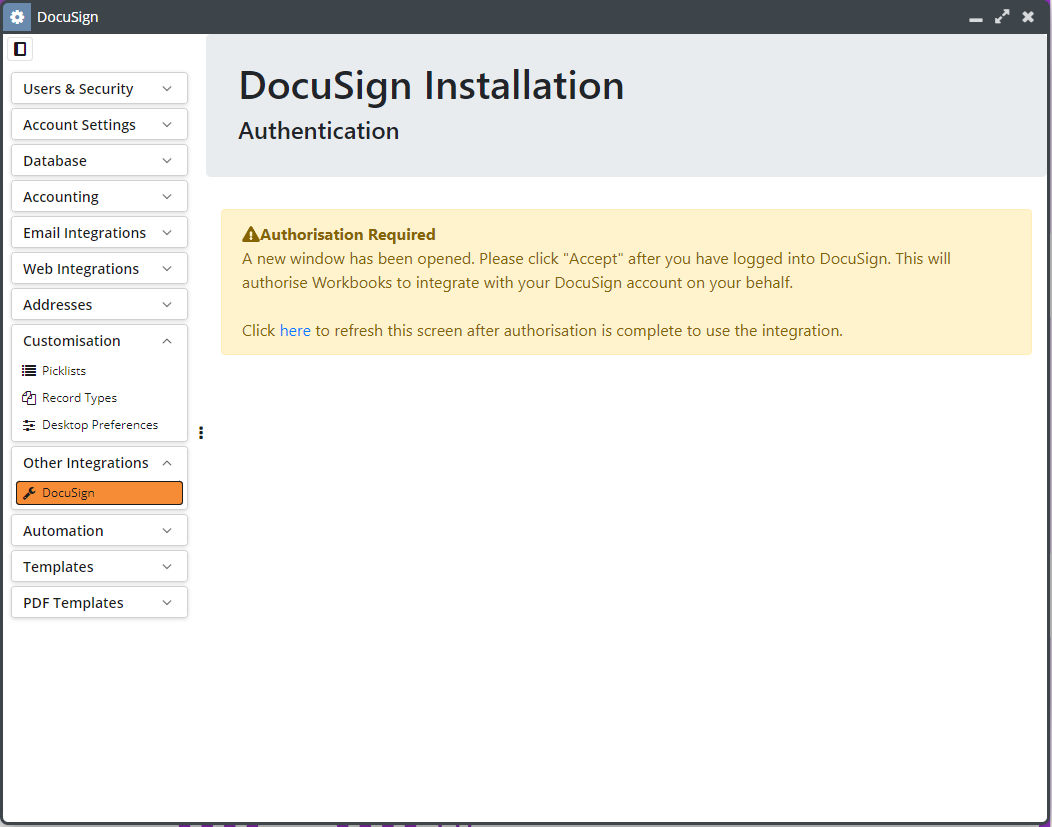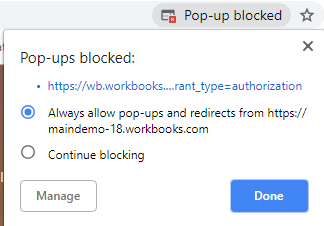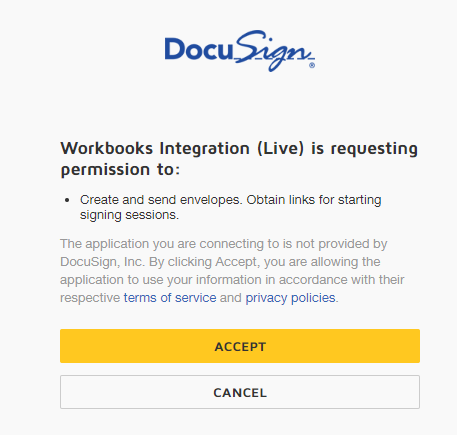- Welcome to the Knowledge Base
- Introduction
- Training
- Getting Started
- Preferences
- Activities
- Cases
- Forecasts & Quotas
- Importing Data
- Leads
-
Marketing
- Introduction to Marketing
- Marketing Campaigns
- Mailing Lists
- Products
- Mailshots
- Upload Library
- Templates
- Event Management
- Compliance Records
-
Spotler Integration
- What is Spotler?
- Navigating your Spotler homepage
- GatorMail
-
GatorLeads / Web Insights
- Tracking Code
- Setting up the Plugin
- Viewing Web Insights Data on your Form Layouts
- Domain Names and Online Activities
- Reporting incorrect Leads created through Web Insights
- Reporting on Web Insights data
- Using UTM Values
- Why aren’t Online Activities being created in the database?
- Why is GatorLeads recording online activities in a foreign language?
- GatorSurvey
- GatorWorkflow
- GatorPopup
- Opportunities
-
Integrations
- Mapping
- Electronic Signing Tools
- Creditsafe Integration
-
Zapier
- Introduction to Zapier
- Available Triggers and Actions
- Linking your Workbooks Account to Zapier
-
Setting up Zaps
- Posted Invoices to Xero Invoices
- Xero payments to Workbooks Tasks
- New Case to Google Drive folder
- New Case to Basecamp Project
- New Workbooks Case to JIRA Ticket
- Jira Issue to new Case
- 123FormBuilder Form Entry to Case
- Eventbrite Attendee to Sales Lead and Task
- Facebook Ad Leads to Sales Leads
- Wufoo Form Entry to Sales Lead
- Posted Credit Note to Task
- QuickBooks Online
- Survey Monkey responses to Tasks
- Multistep Zaps
-
Email Integrations
- Email Dropbox
- Workbooks Exchange Server Sync
- Workbooks Outlook Connector
- RevenueGrid Intelligence and Engage
-
Event & Webinar Integration Tools
- GoToWebinar
- ON24
- Microsoft Office
-
Outreach
- Installation
- Outreach Authentication
- Sync People to Outreach Prospects
- Sync Organisations to Outreach Accounts
- Sync Workbooks Opportunities to Outreach
- Sync Tasks/Activities from Workbooks to Outreach
- Sync Outreach Sequences to Workbooks
- Sync Outreach Sequence States to Workbooks
- Sync Outreach Sequence Step Numbers to Workbooks
- Sync Prospects/Accounts/Opportunities from Outreach to Workbooks
- Sync Outreach Tasks/Calls/Meetings to Workbooks
- Scribe/Workbooks Connector
- RingCentral
- Auditing
- Comments
- People & Organisations
- Projects
-
Reporting
- Introduction to Reporting
- Using Reports
- Charts
- Exporting Reports
- Advanced Reporting
- Report Snapshots
- Dashboards
-
Transaction Documents
-
Introduction to Transaction Documents
- Displaying & Adding Transaction Documents
- Copying Transaction Documents
- Transaction Documents Fields Help
- Transaction Documents Line Items Help
- Printing & Sending Transaction Documents
- Managing Transaction Document Currencies
- Managing Transaction Document Statuses
- Setting a Blank Default Currency on Transaction Documents
- Credit Notes
- Customer Orders
- Invoices
- Quotations
- Supplier Orders
- Contract Management
- Sagelink
-
Introduction to Transaction Documents
- Auditing
-
Configuration
- Introduction to System Administration
- Users & Security
- Preferences
- Database
- Accounting
- Email & Integration
-
Customisation
- Creating & Modifying Picklists
- Theme
-
Record Types
- Creating Custom Fields
- Report-based Custom Fields
- Linked Fields & Reference Fields
- Record Templates
- Form Layouts
- Customising relationships between parties
- Opportunity Stages
- Custom Records
- Automation
- PDF Configuration
- Contact Support
- Releases & Roadmap
Authentication with DocuSign
Initial Authentication
When you open the DocuSign menu for the first time, a message will be displayed prompting you to authenticate with DocuSign.

A new tab will automatically open in your browser requesting authorisation for Workbooks to use your DocuSign account on your behalf. The authentication screen will ask for your DocuSign Username and Password. Workbooks does not store these credentials, and the system does not have any visibility of what you enter on this form. When you log in, the integration uses a secure protocol known as OAUTH2 to authenticate. Workbooks receives 2 pieces of information upon a successful login, an Access Token and Refresh Token which are encrypted strings returned via DocuSign's API. Workbooks does not decode these strings, and they are simply passed as part of subsequent API calls to DocuSign to create a temporary session in DocuSign. These tokens expire regularly, and are stored in Workbooks in API data with your Workbooks instance. They are refreshed periodically on your behalf, once you have authorised the integration to do so.
Depending on your browser settings, the authentication request may be blocked as a potential popup, so if a login tab does not immediately appear, check the browser bar for blocked pop-ups, and select “Always allow pop-ups” or go directly to the link specified.

You will then be asked to sign into your DocuSign Account and allow Workbooks access to create and send Envelopes on your behalf as shown below:

You must click Accept to use the integration. Once you have done so, the window will automatically close after a few seconds. Click the DocuSign menu item again to start configuring the Integration.
After the initial authorisation, you should not need to authorise Workbooks again. The integration will manage authentication on your behalf each time you send a document for signature.
Re-Authentication with DocuSign
By design, once you have authenticated with DocuSign during the initial installation, you do not need to authenticate again. However, this poses an issue if that user leaves and you need the integration to login as another DocuSign user.
Once you have authenticated, API data is created and regularly updated to store an Access Token and Refresh Token. To authenticate as another user, aside from the one that was used to initially configure the integration, you need to remove these records. To find them, add a filter where "Key" starts with "docusign_auth, docusign_refresh" - this should return 2 records as shown:

Simply delete both of these records. Click the "DocuSign" option from Configuration > Email & Integration > DocuSign. At which point, you will be asked to re-authenticate with DocuSign again. As per the above section, repeat the authentication steps by entering the details of the new user you wish the integration to use. Once finished, the integration will continue as normal.

